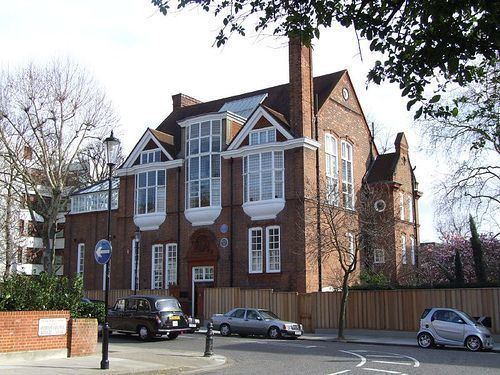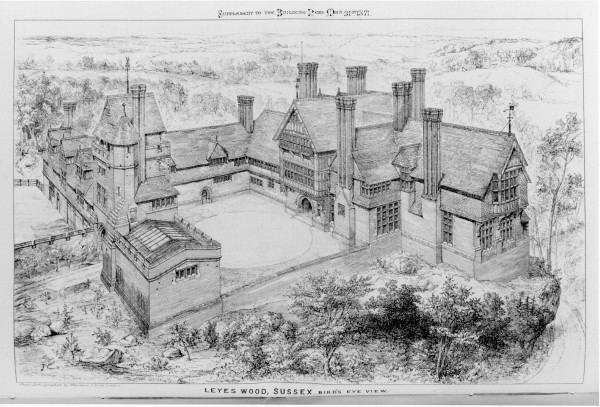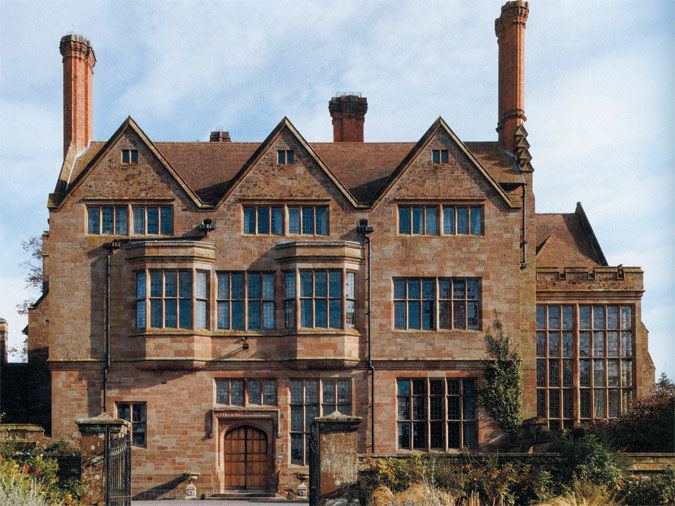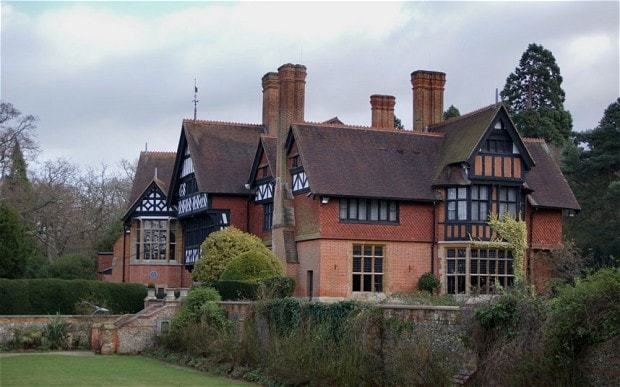Name Richard Shaw Role Architect | ||
 | ||
Died November 17, 1912, London, United Kingdom Structures Bedford Park - London, Cragside, Scotland Yard, Albion House - Liverpool, Grim's Dyke Similar People William Lethaby, Ernest Newton, Reginald Blomfield | ||
Norman Shaw, Famous Architect | 30 James Street
Richard Norman Shaw RA (7 May 1831 – 17 November 1912), sometimes known as Norman Shaw, was a Scottish architect who worked from the 1870s to the 1900s, known for his country houses and for commercial buildings.
Contents

Life

Shaw was born in Edinburgh, and trained in the London office of William Burn with George Edmund Street. Shaw attended the Royal Academy classes and received a grounding in classicism. There, he met William Eden Nesfield, with whom he briefly partnered in some architectural designs. In 1854–1856 Shaw travelled with a Royal Academy scholarship, collecting sketches that were published as Architectural Sketches from the Continent, 1858.

In 1863, after sixteen years of training, Shaw opened a practice for a short time with Nesfield. In 1872, he was elected an Associate of the Royal Academy.

Shaw worked, among others, for the artists John Callcott Horsley and George Henry Boughton, and the industrialist Lord Armstrong. He designed large houses such as Cragside, Grim's Dyke, and Chigwell Hall, as well as a series of commercial buildings using a wide range of styles.

Shaw was elected to the Royal Academy in 1877, and co-edited (with Sir Thomas Jackson RA) the 1892 collection of essays, Architecture, a profession or an Art?. He firmly believed it was an art. In later years, Shaw moved to a heavier classical style which influenced the emerging Edwardian Classicism of the early 20th century. Shaw died in London, where he had designed residential buildings in areas such as Pont Street, and public buildings such as New Scotland Yard.

Shaw's early country houses avoided Neo-Gothic and the academic styles, reviving vernacular materials like half timber and hanging tiles, with projecting gables and tall massive chimneys with "inglenooks" for warm seating. Shaw's houses soon attracted the misnomer the "Queen Anne style". As his skills developed, he dropped some of the mannered detailing, his buildings gained in dignity, and acquired an air of serenity and a quiet homely charm which were less conspicuous in his earlier works; half timber construction was more sparingly used, and finally disappeared entirely.
